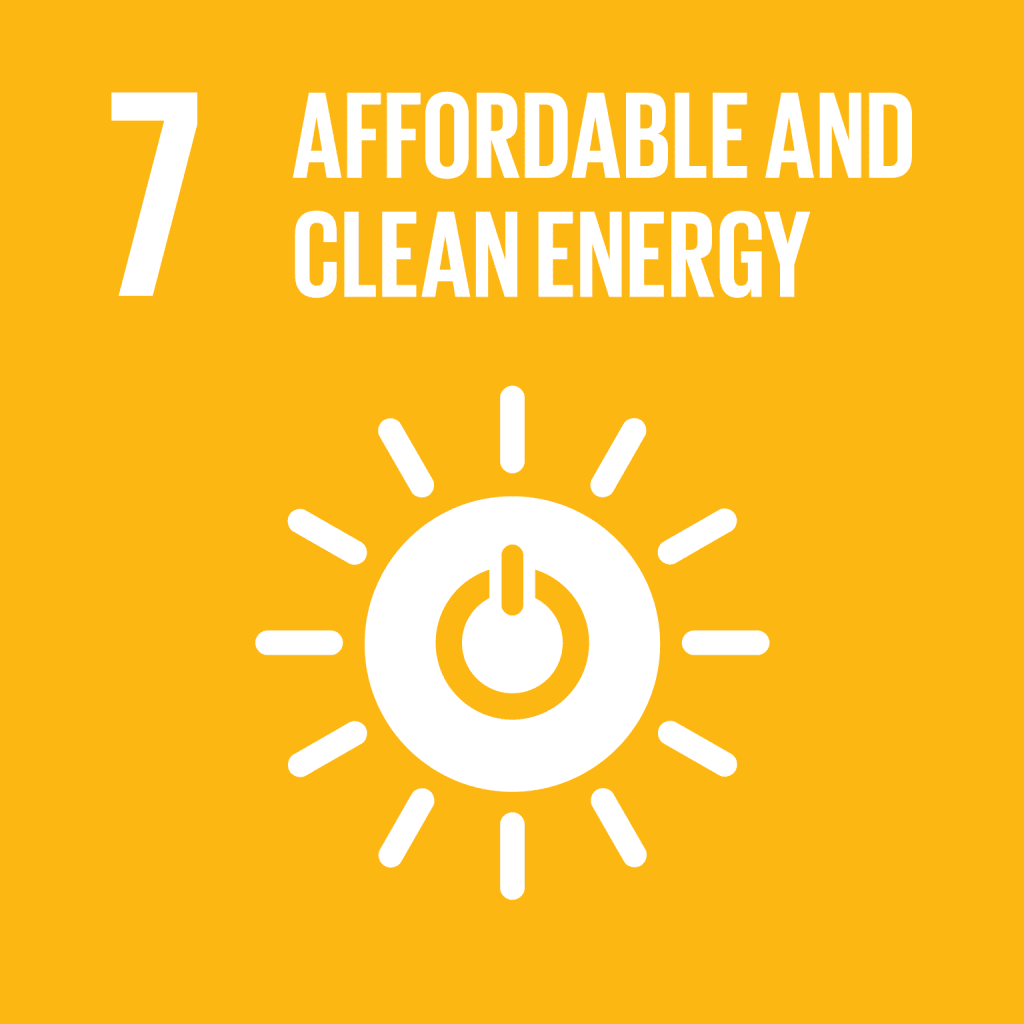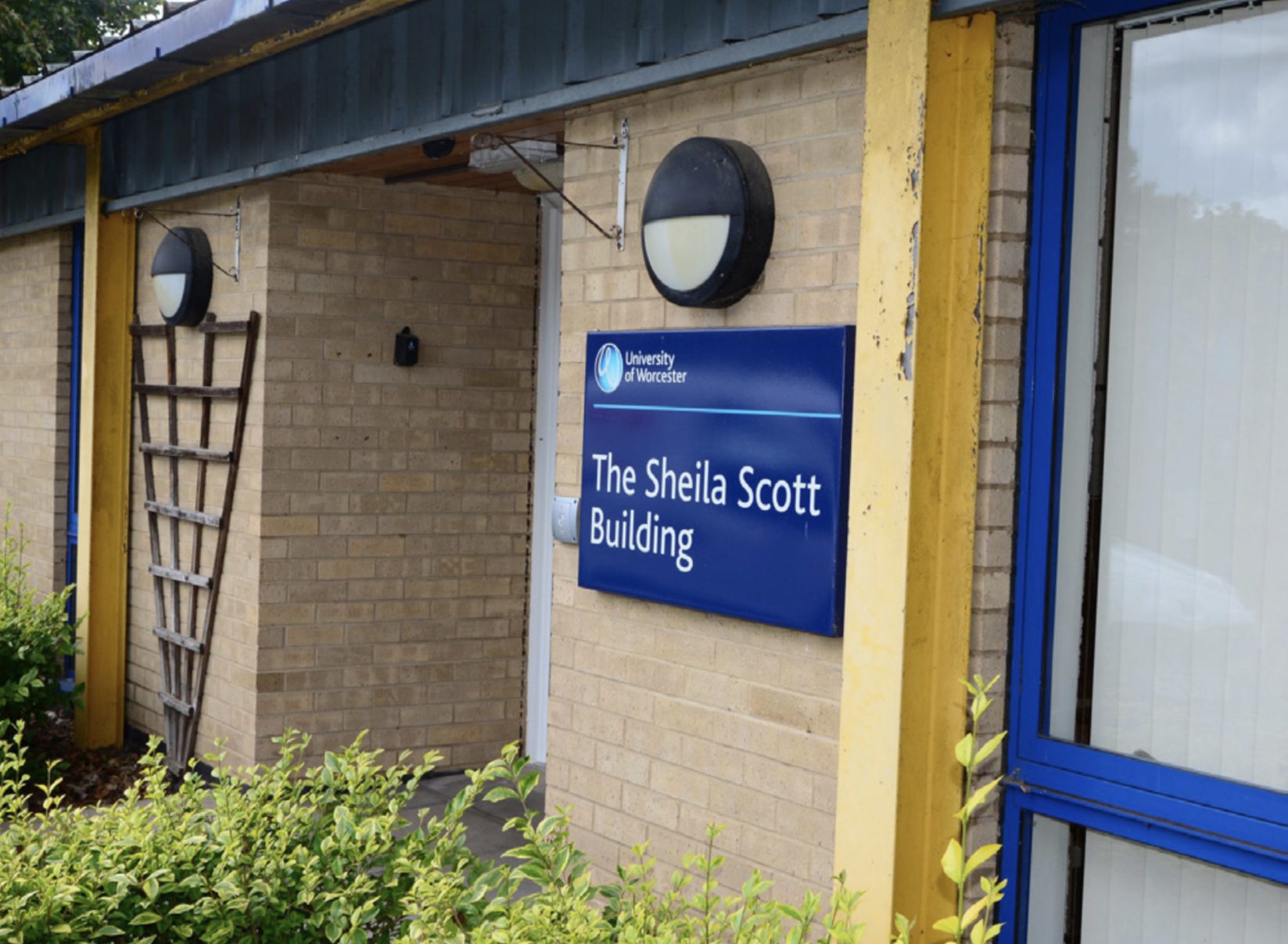Students from the Worcester Polytechnic Institute used Digital Twin technology to observe current energy usage and inefficiencies on campus. Written by Rosie Bramwell.
How can energy usage be improved at the University of Worcester?
Four students from the Worcester Polytechnic Institute (WPI) set up a research project in the Sheila Scott building on the St Johns campus. These students worked on our campus to create an Interactive Qualifying Project, to submit as part of the requirements for their Bachelor’s degree at the Worcester Polytechnic Institute.
This project recorded energy usage throughout the building, and, using the Digital Twin technology, found where energy was being lost or inefficiently used.
“The goal of this project is to identify key human interaction factors and how this information can be used to improve the University of Worcester’s digital twin model in the Sheila Scott building.”
What is the Digital Twin?
“A digital twin is a digital representation of a physical asset throughout it’s lifecycle.”
www.ibm.com
Digital Twin is the technology that was installed in the Sheila Scott building as part of the University’s decarbonisation initiative. It works through a five-level framework once a suitable environment has been created:

The University of Worcester aims to reach net-zero carbon emissions by 2030. To reduce this, energy usage in buildings can be observed for over-usage and inefficiencies. The Digital Twin technology can help do this and find solutions for improvements.
Digital Innovation
“Digital technologies offer solutions to a wealth of the world’s problems.”
Artificial Intelligence (AI) technology can be useful in harnessing big data sets, such as the Digital Twin. Using AI can improve time efficiency in larger research projects, as well as provide new ways to share and develop knowledge. AI can be used for a broad range of research, for example in healthcare and government statistics. This technology can help people stay connected to health and social care professionals and even offer the opportunity for earlier detection of conditions.

Sheila Scott, St Johns Campus
The Sheila Scott building sits near the Severn Gate entrance and is used as a Clinical Skills and Simulation Centre for Healthcare students.
The structure of the one-storey building consists of brick walls, large floor-to-ceiling windows that open in most seminar and skills rooms, and a slanted metal roof.
The Research Project: Improving Digital Twin Usage to Reduce Energy Inefficiencies
The University of Worcester has planned to improve energy utilisation on its campus through the implementation of a Digital Twin model in one of its buildings. This model will identify key factors contributing to energy inefficiencies. Identifying the losses and inefficiencies can help create solutions so that less energy is used on campus.
Research project summary
The twin is a near replica of technology which monitors various aspects within a building, to see where energy is being used. For example, the temperature, occupancy, and usage in each room. The University plans to utilise the findings to identify any inefficiencies and make the Sheila Scott building more energy efficient.
Objectives
- To understand the design and the future use of the digital twin
- To understand the behaviour of the Sheila Scott building’s users
- To identify energy inefficiencies in the Sheila Scott building
- To make recommendations on how to advance the digital twin pilot for future use
Findings
The digital twin has documented:
- Significant heat loss in the building during the winter through windows and not sufficiently insulated roofing.
- The AC system underperforms due to the significant heat loss, requiring more energy to maintain temperature levels.
- Heating pipes lack insulation, causing further heat loss and a less effective heating system within the building.
- Poor ventilation due to the structure and heating of the building.
Recommendations for improvements
In the short term, small changes can be made to reduce energy losses until larger improvements are possible. For example,
- Installing thermal curtains would be cheap and can prevent heat loss from windows.
- Adding insulation to the heating pipes would lead to less energy being used to maintain a decent temperature.
- Using added material to block the lower windows would block drafts and condensation building.
- Final instalments of LED lighting would reduce energy levels used to power the building.
Long-term would be more promising and beneficial for the building’s future use but are not as quick and easy to carry out. Organising data collection, creating an accessible digital twin visualisation and then slowly implementing the digital twin throughout the rest of the campus would identify significant inefficiencies in each building. However, this is not a cheap or easily accessible solution without the correct installation and management.
On campus, there are small changes that can be made to reduce the energy over-usage and inefficiencies. Keeping doors closed can prevent drafts, and maintain a suitable temperature for working and studying in. Also, investing in low-cost thermal curtains, insulation on piping and LED lighting are easy starting points for reducing energy. The University’s goal of reaching net zero carbon by 2030 will take long-term solutions and extensive planning, but small changes can be made to reduce energy usage across all campuses consistently.
Take a look at our ‘Energy saving tips for students’ post to read how you can reduce the cost of energy in your own home!



Read the report
